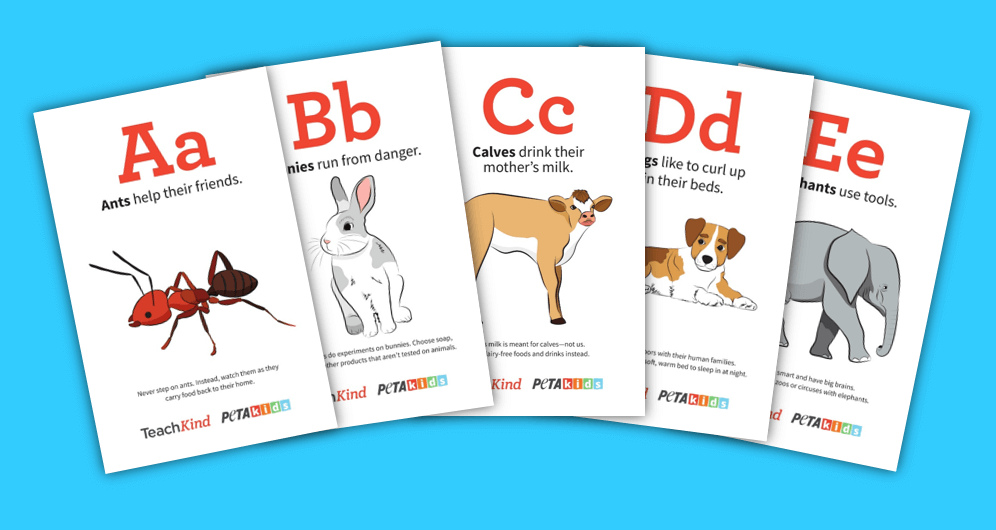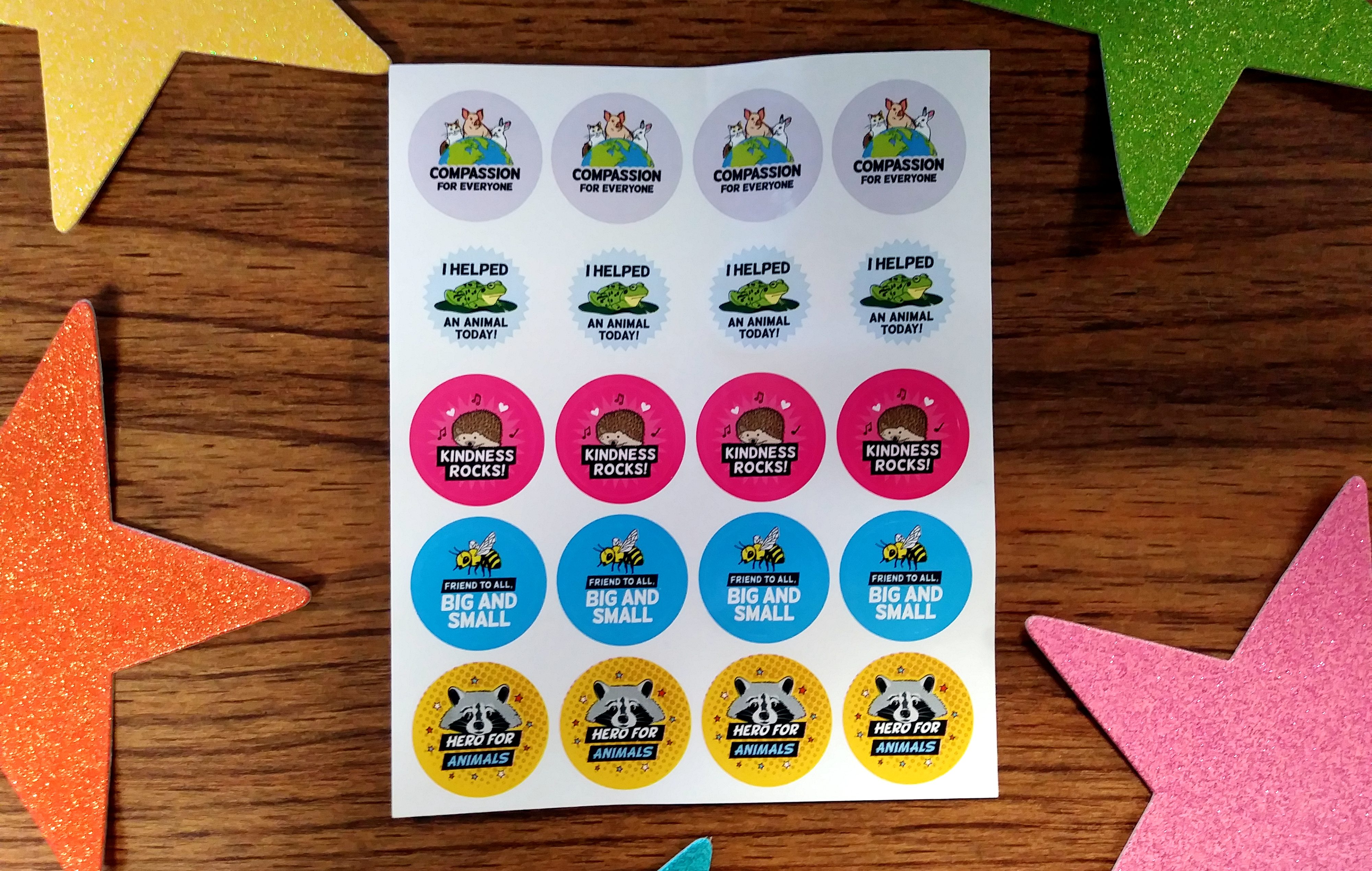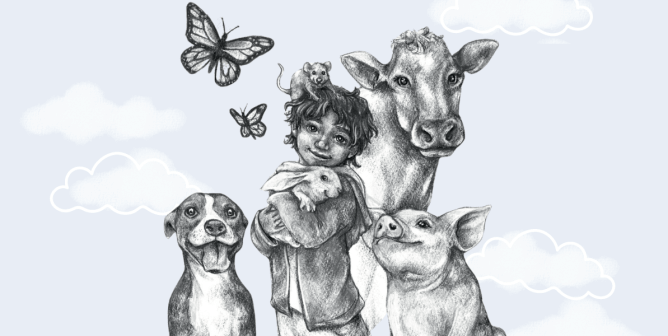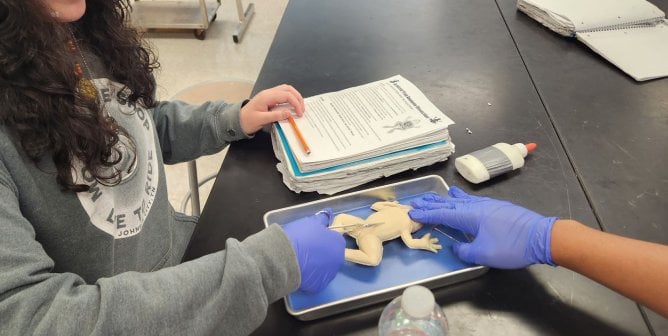What Are Mirror Neurons? These Brain Cells Can Help Your Students Learn Empathy
If you happen to see a baby smiling and giggling, you may find yourself smiling right back before you even decide to do so consciously. Or perhaps you’ve heard that yawning is “contagious”—that is, if you see or hear someone yawn, you’ll be more likely to yawn, too. These are basic examples of effective empathy, and these automatic responses to other people’s actions or emotional states may be attributed to a specific type of brain cell, called a “mirror neuron,” that helps humans and nonhuman animals relate to others.
Mirror neurons are brain cells nestled among other conventional cells (for example, motor-command cells, which fire off when we take some sort of physical action, or anterior cingulate neurons, which trigger a pain sensation). While all these cells may be located in the very same areas of the brain, mirror neurons are triggered not only when we ourselves do or experience something but also when we watch another person do or experience something. In a sense, they allow us to feel on a cellular level what someone else is feeling—without engaging in the same action or having the same experience. As described in an article in Scientific American, mirror neurons “collapse the distinction between seeing and doing.”
Because of the fascinating ability of these cells to create a sort of simulation of another being’s experience in our brains, mirror neurons are believed to be building blocks of empathy. They help us relate to others and understand what others are feeling on a cognitive level. They mirror what others are experiencing—for example, we may feel teary-eyed when watching someone sob in a movie, even without context, or feel happy when we see a puppy excitedly playing and jumping.

When it comes to education, mirror neurons are extremely important. Children begin learning through imitation from the time they’re infants, and empathy develops throughout childhood. Much of the empathy-building process comes from the activation of mirror neurons or from observing empathy in action. These neurons help us instinctively understand how others are feeling—and pairing that with the modeling of helpful empathetic behavior leads to compassionate actions. Thanks to mirror neuron activation, children can feel empathy and then subsequently show empathy.
But just like any other skill that we’d like to maintain, empathy must be practiced. And while it may come more naturally to some people than others, we all have the capacity to feel empathy, and practicing it daily helps make it a habit. Engaging certain parts of the brain regularly is similar to driving along the same roads—the more often we use them, the easier it is. Starting this practice at a young age can make a world of difference when it comes to encouraging kids to extend their empathy to animals. As an educator, you have the power to promote empathy every day in your classroom—even if this behavior isn’t being modeled for kids elsewhere.
With the power of mirror neurons and imitation-based learning in mind, here are a few ways to encourage your students to have empathy for other people and animals:
Maintain a Positive Attitude, Explain Emotions, and Model Empathy

Sometimes, teaching empathy can be less about the activities that you plan in your curriculum and more about the energy and empathy that you as an individual bring to the classroom. Mirror neurons can produce “emotional contagion”—or the ability to “catch” the feelings of those nearby, consciously or subconsciously, through imitation. By maintaining a positive attitude in the classroom, you can help boost students’ morale—but there’s much more you can do. Whenever an opportunity arises, take time out to explain to your students how you feel. Whether you’re sad and overwhelmed as a result of something upsetting that’s being reported in the news or happy and optimistic because of good behavior in the classroom, talking about emotions can help students more easily identify them in themselves and others.
And remember—modeling empathy shouldn’t be limited to human interactions alone! Take advantage of any chance you have to point out the feelings and experiences of animals. Regularly ask students how they think an animal might feel—whether a spider in your classroom, a cat or dog in someone’s home, or an animal who is mentioned in a news story. Expand on that discussion by also talking about the ways people can help animals in addition to identifying their feelings.
Use TeachKind’s ‘Share the World’ Curriculum Kit or Other Empathy-Building Lessons
Using analogies, easy-to-understand values, inspiring animal videos, and true stories of animals who overcame adversity, “Share the World” teaches students how similar humans are to all the animals with whom we share the world and also explores animals’ feelings. The curriculum kit can help students strengthen their empathy and appreciation for animals—while also teaching them ways to take action for animals in their daily lives. Stream it for free online, and order a free curriculum kit, which includes worksheets and activity sheets, a teacher’s guide, a DVD, and a poster for your classroom.
If you teach older students, TeachKind has plenty of lesson plans and activities that are centered around helping them build empathy toward animals and other people. You can browse our selection of free online lessons here or check out this selection of character-building lesson plans here.
Incorporate a Daily Empathy-Strengthening Practice

Strengthening your students’ empathy pathways and activating their mirror neurons is important when it comes to cultivating kindness, so incorporate a quick empathy-building practice in your classroom every day. TeachKind offers plenty of simple and fun activities that can be worked into a classroom warm-up. For example, print a set of TeachKind’s “Like You, Only Different” flashcards and pull one each day to prompt a discussion about ways humans are similar to the animal on the card. You can also spend five minutes tossing around an “empathy ball” full of questions that help students think about animals and their feelings. If you work with older students, starting class with an empathy-building writing prompt is a good way to help them explore their feelings privately and build empathy for others.
Use Positive Reinforcement When Students Model Empathy

When students feel appreciated for their empathetic behavior, they’re more likely to want to repeat it—and they’re also more likely to appreciate and recognize pro-social behavior in others. Whenever you see a student considering the feelings of another, take a moment to draw attention to them and their empathetic actions and praise them. To show your appreciation, you could present the student with one of TeachKind’s cute kindness reward stickers, which are fun for kids of all ages. If someone does something especially exceptional, you could honor them with one of TeachKind’s printable Kind Student Awards or send a note home to the student’s family saying that they showed compassion to a person or animal and inspired their peers to do the same.
Like these ideas? Please share them to inspire other teachers to incorporate compassion for animals into their lessons, and fill out the form below to sign up for TeachKind News.
By submitting this form, you’re acknowledging that you have read and agree to our privacy policy and agree to receive e-mails from us.





